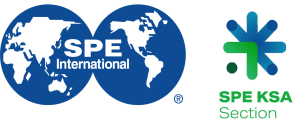Curated by Yazeed Aldughaither, Editor-in-Chief
In this section, we curate a number of recommendations for technical papers from subject matter experts on topics relating to their respective disciplines.
Leveraging Autonomous Moon-Based Rovers for Multiple Near-Term Applications in Field Operations
Automation, Site Inspection, Robotics, Monitoring, HSE, Aerospace Technology
ATCE 2023. SPE-215057-MS
Authors: Justin Cyrus, Van Wagner, Joseph Kenrick
Lunar Outpost, a tech startup, has developed the ‘Hound’ rover, a robot for monitoring oil and gas industry assets. The paper discusses the research and development of the Hound rover, which was designed to meet industry needs identified through stakeholder engagement. The rover underwent rigorous testing to ensure its effectiveness. A comparative analysis showed the Hound rover’s advantages over existing procedures, including cost-effectiveness, improved frequency of visits, enhanced observation capabilities, and regulatory compliance. The Hound rover represents a transformative opportunity for the industry, addressing critical issues, improving efficiency, and enhancing safety. The findings have implications for the use of autonomous robots in various industries.
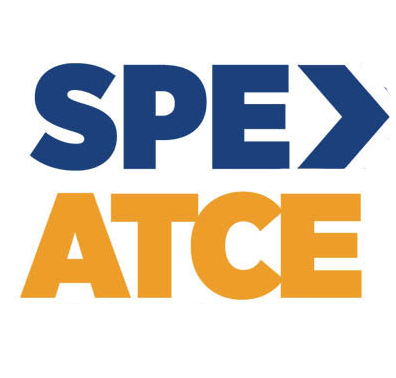
Kasawari Carbon Capture & Storage (CCS): Unfolding the Largest Offshore CCS Project Realization
Carbon Capture and Sequestration, Net Zero
IPTC 2023. Paper IPTC-22927-EA
Authors: Mohamed Aiman Mohamed Najib, Muhammad Aizuddin Zainalabidin, Aina Suharny A Rahman, Ahmad Zikri Nor Azlan, M Azlan Mustafa, Grant Veroba, Norsham Nordin
Kasawari Carbon Capture and Storage (CCS) project is positioned as the world largest offshore CCS upon its commencement by 2025. It is developed as the first CCS project by PETRONAS. It targets to inject up to 3.7Mt CO2e per annum (MTPA), store approximately 80MT of CO2e over 25 years of operation. The scale is significant as it represents 9% of global CCS operation (2021) and anchors PETRONAS’ pathway for Net Zero Carbon Emission (NZCE) by 2050. This paper elaborates on the key challenges, major decisions, and learnings for value assurance in scope definition throughout Framing, Feasibility, and Concept Select phase as per Front End Loading (FEL) methodology. It serves as a future reference in overcoming similar CCS scale complexity and spur momentum for larger industry adoption to meet Net Zero Emissions target by 2050.
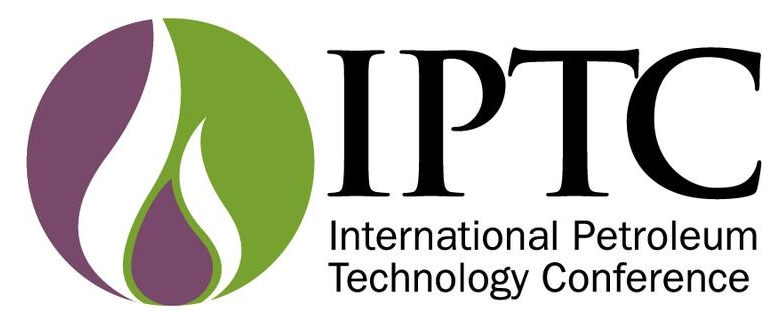
Saudi Arabia’s Unconventional Program in the Jafurah Basin: Transforming an Idea to Reality with the Jurassic Tuwaiq Mountain Formation
Unconventional Resources, Shale Gas, Reservoir Characterization, Energy Economics
IPTC 2023. Paper IPTC-22927-EA
Authors: Ahmed Almubarak, Ahmed Hakami, Ivan Levya, Clay Kurison
Saudi Aramco is exploring unconventional liquid-rich and dry gas resources, leveraging lessons from North American shale plays. The company has been assessing multiple unconventional plays across Saudi Arabia, including the liquid-rich Tuwaiq Mountain Formation. The paper discusses the journey of this unconventional program, highlighting key lessons learned globally that have transformed the program into reality. It also outlines the company’s four-phase de-risking strategy, which includes exploration, appraisal, pilot, and development phases. The success of the play depends on fulfilling these phases. The paper provides insights and considerations for developing unconventional plays in underexplored basins with minimal infrastructure.
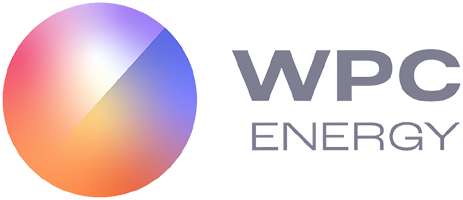
Review of Non-Metallic Pipelines in Oil & Gas Applications – Challenges & Way Forward
Material Science, Non-Metallic Pipelines, Corrosion, Carbon Footprint, HPHT
IPTC 2022. Paper IPTC-22301-MS
Authors: Amer O. Bukhari, Mohammad Bashar, Ahmed S. Aladawy, Serena L. M. Goh, Pranjal Sarmah
Nonmetallic pipelines are becoming popular in the oil and gas industry due to their corrosion resistance, cost-effectiveness, and reduced carbon footprint. This paper reviews the current technology and market trends of nonmetallic pipes, with a focus on downhole applications. It highlights the market gap for downhole specifications and discusses the need for industrial standards to qualify downhole tubulars. The paper also conducts a gap analysis to address system and infrastructure challenges related to the use of nonmetallic components in various conditions. It identifies areas where further research is needed to design, test, and qualify nonmetallic pipes for demanding well conditions, aiming to replace steel tubulars for improved properties.

